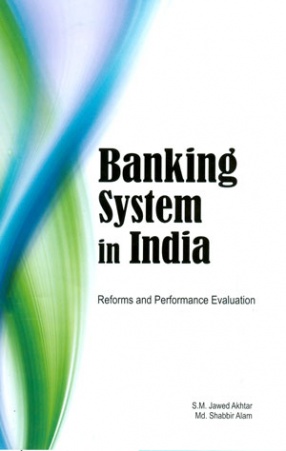Prior to economic reforms initiated in early 1990s, the banking sector in India suffered from lack of competition, low capital base, inefficiency, and high intermediation costs. The banking industry – dominated by the public sector – was subject to a high degree of financial repression, characterized by administered interest rates and allocated credit. Reforms in India's commercial banking sector had two distinct phases. The first phase of reforms focused mainly on enabling and strengthening measures. The second phase of reforms placed greater emphasis on structural measures and improvement in standards of disclosure and levels of transparency in order to align India's standards with international best practices. Reforms have brought about considerable improvements, as reflected in various parameters relating to capital adequacy, asset quality, profitability, and operational efficiency. Although commercial banks still face the problem of overhang of non-performing assets, high spread, and low profitability in comparison with banks in other emerging market economies, India's reforms – which are examined in this book – have been successful in enhancing the performance of commercial banks in terms of both stability and efficiency parameters.
Banking System in India: Reforms and Performance Evaluation
In stock
Free & Quick Delivery Worldwide
reviews
Bibliographic information
Title
Banking System in India: Reforms and Performance Evaluation
Author
Edition
1st ed.
Publisher
New Century Publications, 2011
ISBN
9788177082838
Length
236p., 24cm.
Subjects








There are no reviews yet.